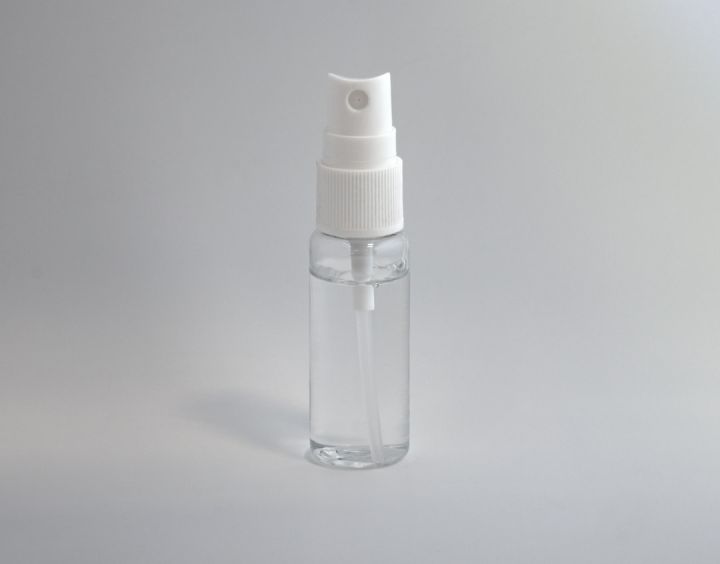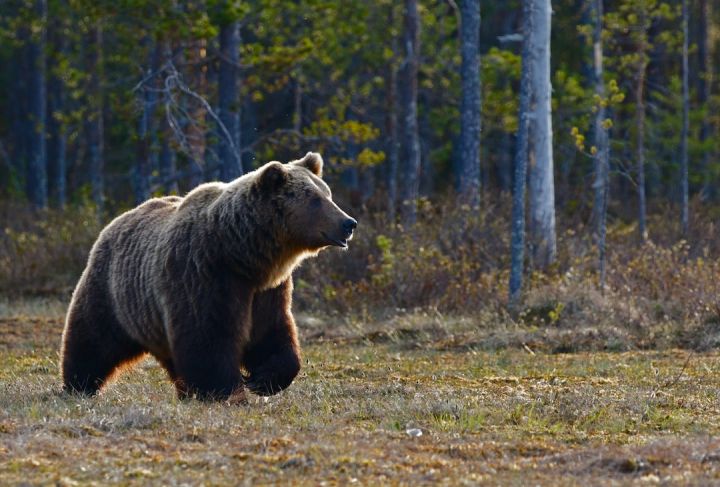Can Protective Clothing Prevent Bear Attacks?
When it comes to encounters with bears, safety is paramount. While it’s impossible to completely eliminate the risk of an attack, there are measures we can take to minimize the danger. One such measure is wearing protective clothing. But can it truly prevent bear attacks? Let’s delve into this question and explore the effectiveness of protective gear in bear encounters.
Understanding Bear Behavior
Before we examine the potential of protective clothing, it’s crucial to understand bear behavior. Bears are wild animals and can display unpredictable behavior. They may attack if they feel threatened, especially if they have cubs or are surprised. In such situations, they may perceive humans as potential threats and act aggressively. It’s important to remember that bears are generally not interested in attacking humans, but rather in defending themselves or their young.
The Role of Protective Clothing
Protective clothing offers an added layer of defense against bear attacks. While it cannot guarantee complete safety, it can help to deter bears and reduce the severity of injuries. Here are some types of protective clothing commonly used in bear country:
1. Bear Spray
Bear spray is a highly effective deterrent that can be carried in a holster or backpack. When used correctly, it can temporarily disable a bear, allowing you to safely retreat. It’s important to familiarize yourself with proper bear spray techniques and always have it readily accessible while exploring bear territory.
2. Noise-Making Devices
Devices that produce loud noises, such as air horns or whistles, can startle bears and make them rethink their approach. These devices are lightweight and easy to carry, making them an essential part of your bear safety kit.
3. Bear-Resistant Clothing
Specialized bear-resistant clothing, such as bear-resistant pants and jackets, is designed to withstand a bear’s claws and teeth. These garments are made from durable materials and often incorporate additional features like reinforced seams and puncture-resistant fabric. While they cannot guarantee complete protection, they can significantly decrease the risk of serious injuries in the event of a bear attack.
4. Personal Alarms
Personal alarms emit a loud, high-pitched sound that can startle and deter bears. These compact devices are typically worn on a belt or attached to a backpack. In the event of an encounter, activating the alarm may help scare off the bear and attract attention from nearby humans.
The Importance of Prevention
While protective clothing can be a valuable asset in bear encounters, prevention remains the best defense. Being aware of your surroundings, making noise to alert bears of your presence, and avoiding surprise encounters are key preventive measures. It’s crucial to respect bear habitats, follow park regulations, and stay informed about bear sightings in the area.
Conclusion: A Complementary Defense
In conclusion, protective clothing can play a vital role in minimizing the risk of bear attacks. Bear spray, noise-making devices, bear-resistant clothing, and personal alarms are all valuable tools that can deter bears and reduce the severity of injuries in an encounter. However, it’s important to remember that these items are not foolproof and should be used in conjunction with preventive measures. Understanding bear behavior and practicing responsible wilderness etiquette remain essential for ensuring your safety and the well-being of these magnificent creatures.






